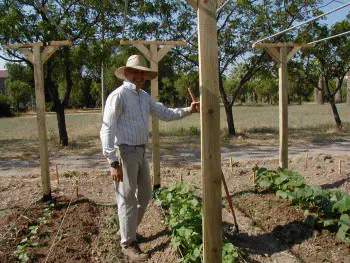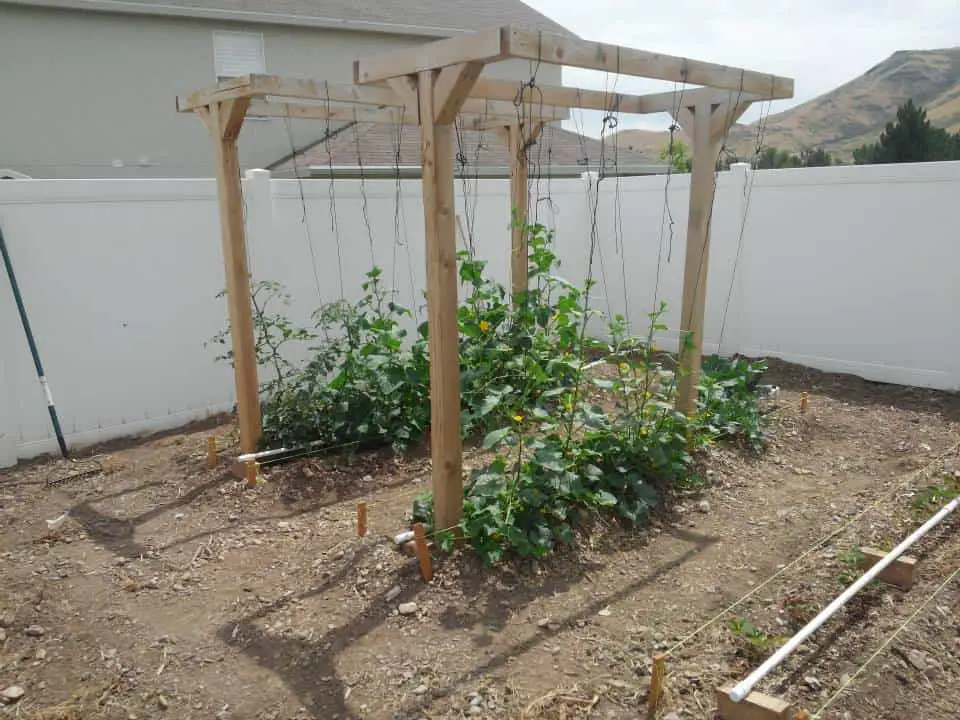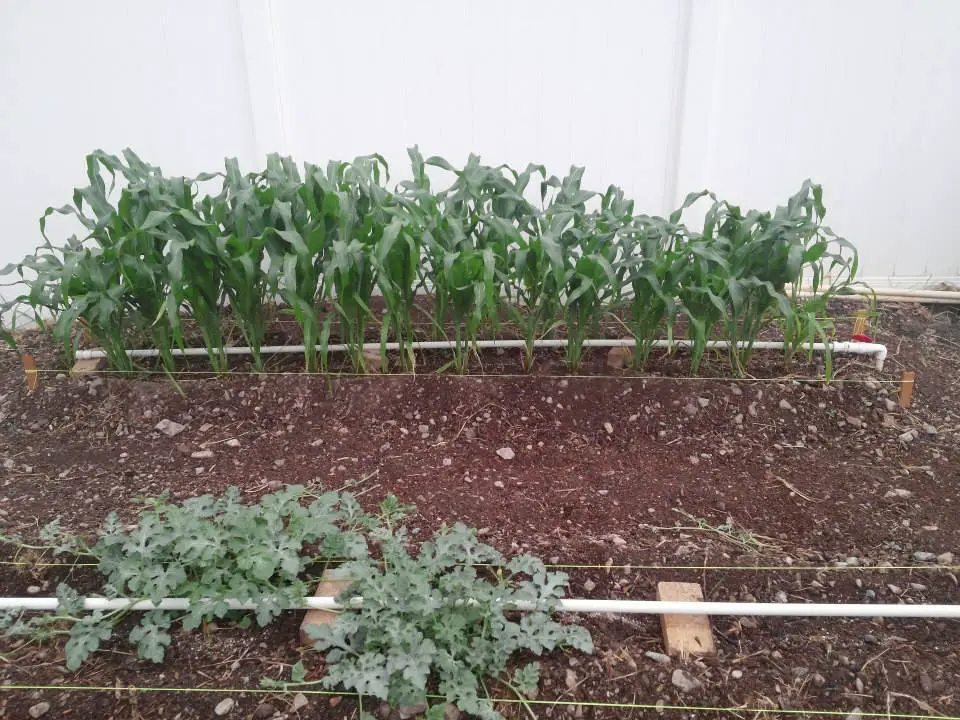As part of the Six Laws of Plant Growth, we all know plants have nutritional requirements that need to be met before they will be able to successfully produce food for you.
It is well known that there are 16 essential elements (chemicals) required by plants in a balanced ratio in order for them to have healthy growth, roots and flower/fruit production and that deficiencies or imbalance in these elements are often the root cause for many of their ailments and poor yield.

- Nutrients plants get from the air
Carbon (C)
Hydrogen (H)
Oxygen (O) - Primary (Macro) Nutrients
Nitrogen (N)
Phosphorus (P)
Potassium (K) - Secondary Nutrients
Calcium (Ca)
Magnesium (Mg)
Sulfur (S) - Trace (Micro) Elements
Boron (B)
Copper (Cu)
Iron (Fe)
Manganese (Mn)
Zinc (Zn)
Molybdenum (Mo)
Chlorine (Cl)
Knowing and controlling the rate at which these elements are applied along with being able to recognize and identify nutrient deficiencies early will contribute greatly to your success as a vegetable gardener.
Click here to visit the official Mittleider Method website.

It’s important to note and can not be emphasized enough that MORE IS NOT BETTER! This applies to the quantity of the aforementioned 16 needed elements and the thought of adding more than just those 16. It just takes a brief glance at a periodic table of elements to ascertain that there are a lot of heavy metals and toxins in nature that one would just as soon leave out of their plant food. Including things like mercury, arsenic and lead in your feeding program under the guise that “more is better” would only serve to risk hurting the plants and the animals that eat them – mainly you!
As far as over doing it on the amount of fertilizers you apply, plants absorb nutrients through osmosis and soils that are too saline / hot due to the application of too much fertilizer will actually draw moisture and nutrients out of the plant causing more damage than good (a problem common with the application rates of manures and composts).
It is therefore recommended to give plants small doses of known quantities using a weekly feeding regime. Feeding plants this way eliminates soil toxicity (common with manures) and gives the plants ONLY what they need when they need it – keeping them healthy throughout the whole growing season and increasing yield and nutrition in the fruits as well as reducing stress which makes them prone to damage from insects and disease.
For a structured and precise approach to nutrient management, check out our in-depth review of the Mittleider Gardening Method, which emphasizes balanced plant nutrition.

There are four stages in the development of your vegetable garden in which you’ll want to apply your plant nutrients.
- At the time of soil preparation you’ll want to apply a calcium based pre-plant at the rate of one ounce per linear foot of an 18″ wide bed and your regular weekly feed fertilizer at a rate of 1/2 ounce per linear foot.
- When you transplant seedlings you’ll want to apply 1/4 ounce per linear foot of the bed of a nitrogen fertilizer. Apply this down the center of the bed between the two rows of plants – you don’t want to burn the roots with it but want it immediately available to give newly transplanted veggies a boost and reduce transplant shock.
- Weekly with your regular weekly feed at the rate of 1/2 ounce per linear foot of an 18″ wide bed. And
- You’ll want to apply a corrective formula in addition to the regular feedings as needed during the season if you recognize a deficiency.
For a simple Pre-Plant mix, just add proper amounts of lime or gypsum, Epsom Salt, and 20 Mule Team Borax in a ratio of 80-4-1 (i.e. 5 pounds of lime or gypsum, 4 ounces of Epsom Salts and 1 ounce of Borax).
Though with some effort and cost you can source your own individual items of each of the essential elements, I’ve found the easiest most cost effective way to make your own weekly feed plant food for a typical family backyard garden is to purchase 50 pounds of a balanced NPK (anywhere from 13-13-13 to 20-20-20 will work well) locally. Add to that 8 pounds of epsom salts for the needed ratio of magnesium sulfate and two 10 ounce packets of pre-packaged micro-nutrients. Because the espom salt is a hydrate and prone to wetting / getting soggy I like to add a pound of perlite to keep everything nice and dry and fluffy. For storage, I recommend simple 5 gallon buckets and Gamma Lids to keep everything air tight.
Click here to read more about the Mittleider Method on their site.

